Protests continue to rock Kenya’s capital, Nairobi, and other parts of the country as citizens express their discontent with a proposed finance bill that would increase the cost of living. The unrest persists despite President William Ruto’s recent announcement that he would not sign the bill, following the dramatic storming of parliament last week.
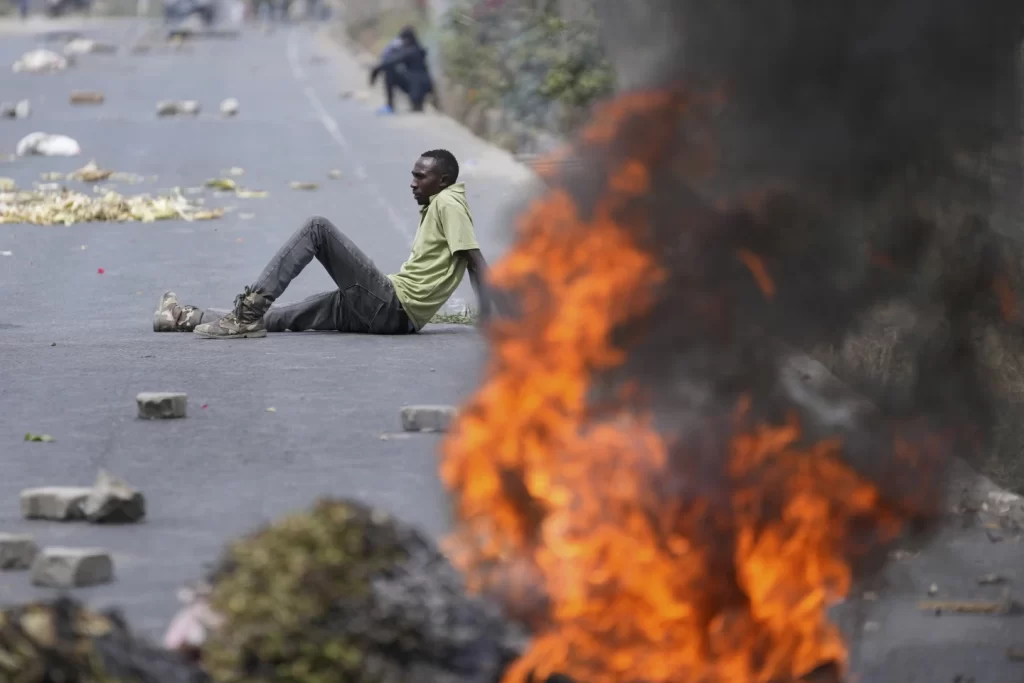
On Tuesday, police deployed tear gas to disperse protesters in Nairobi, while many businesses remained closed due to fears of looting. The main highway to Mombasa, Kenya’s second-largest city, was blocked by demonstrators who set up bonfires.
The protests, which have been ongoing for two weeks, have taken a tragic turn with reports of fatalities. The Kenya National Human Rights Commission states that 39 people have died, although President Ruto puts the number at 19. These deaths have further intensified the calls for government accountability and reform.
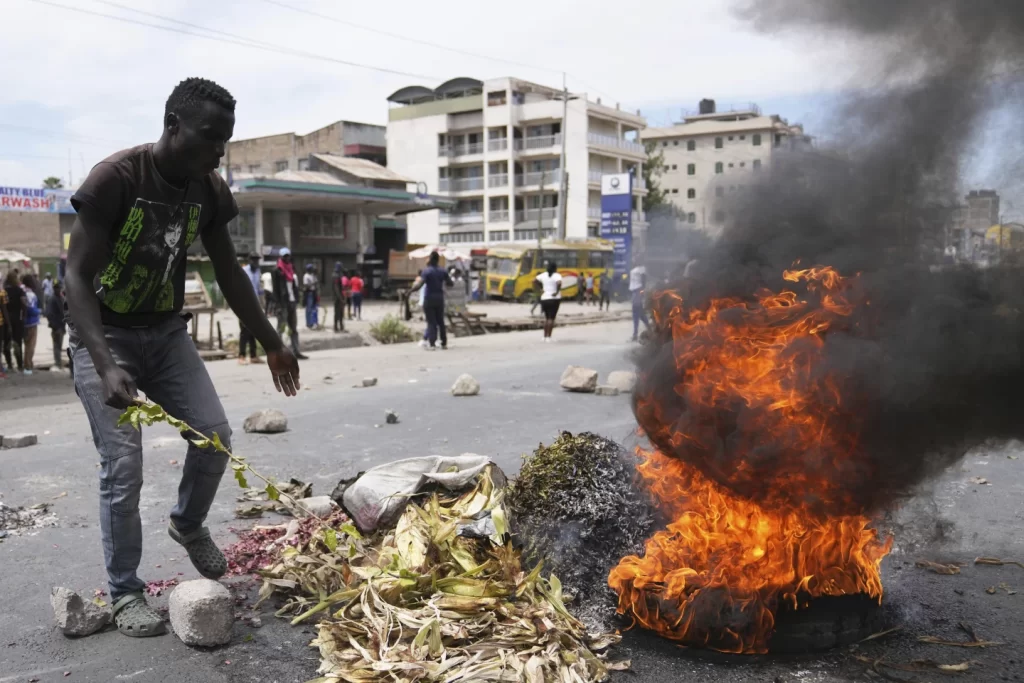
While the finance bill remains a central issue, the scope of the protests has broadened. Some demonstrators are now calling for President Ruto’s resignation, accusing him of bad governance. The president has attempted to address concerns by offering dialogue with Kenyan youth and promising budget cuts for his office’s travel and hospitality expenses. However, many protesters express skepticism about Ruto’s sincerity and ability to implement these austerity measures.
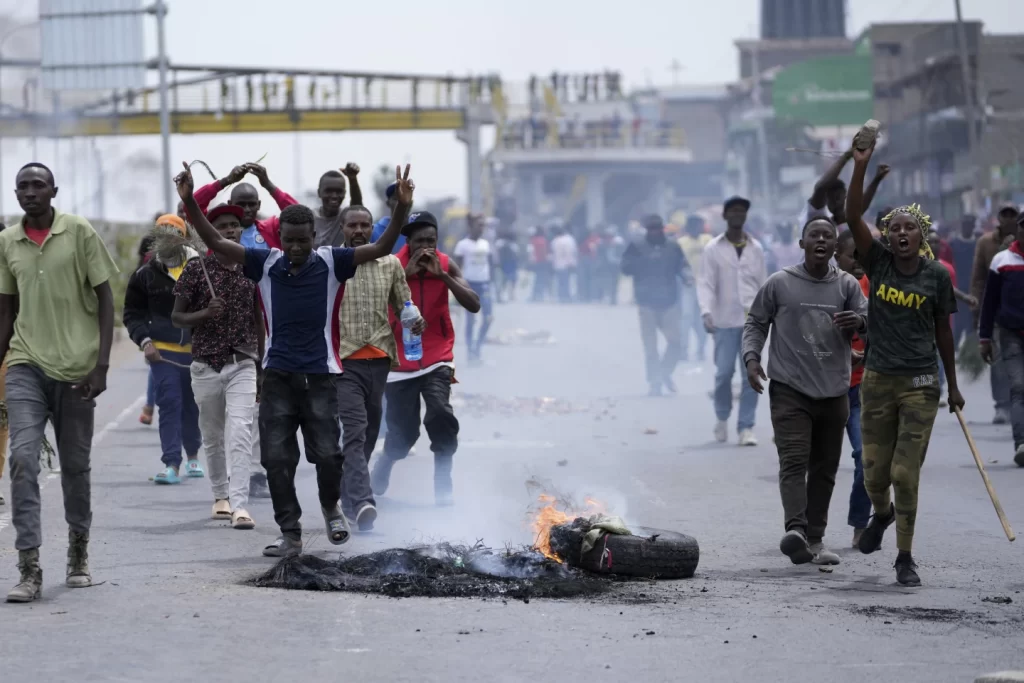
The protest movement, largely youth-led and without a centralized leadership, reflects deep-seated frustrations over unemployment and rising prices. Economist Ken Gichinga highlighted the particular impact on Generation Z, noting they are “the most affected by unemployment.”
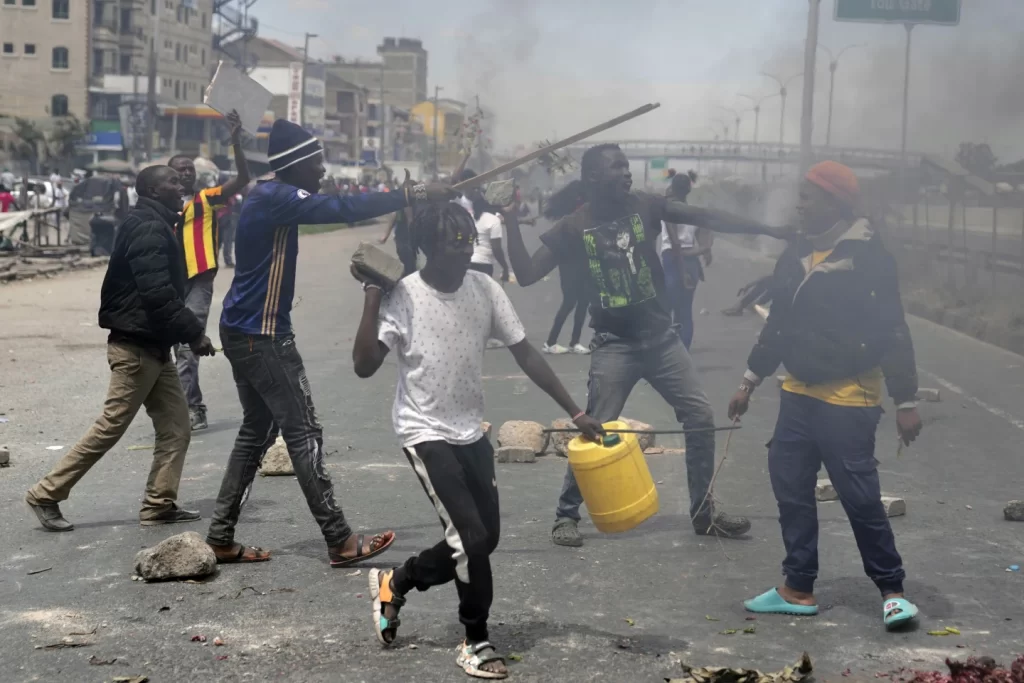
Concerns have also been raised about the potential for violence, with some protest organizers warning that “goons have infiltrated” the demonstrations. This has led to calls for peaceful protest and vigilance against those who might exploit the unrest for criminal activities.
Kenya’s main opposition party has demanded that Ruto’s government take responsibility for the deaths that occurred during last week’s protests. This political pressure, combined with the ongoing demonstrations, presents a significant challenge to Ruto’s administration.
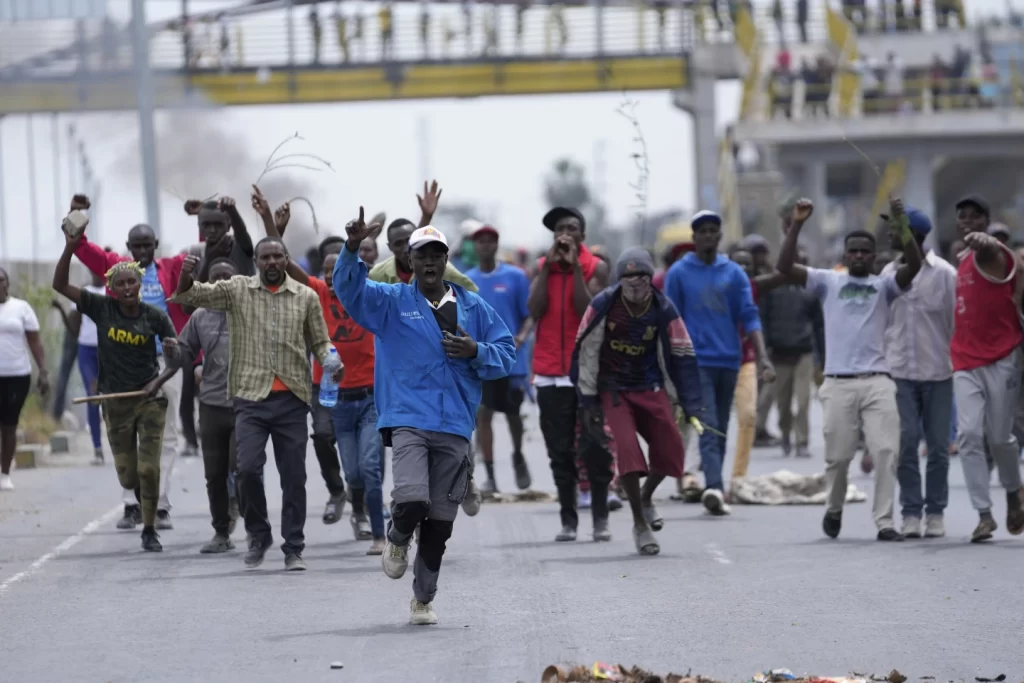
As the situation unfolds, there are growing calls for a more comprehensive approach to economic reforms that can stimulate growth and address the underlying issues fueling the protests. The government’s response to these demands and its ability to restore calm will be crucial in determining Kenya’s political and economic stability in the coming weeks and months.
AP



